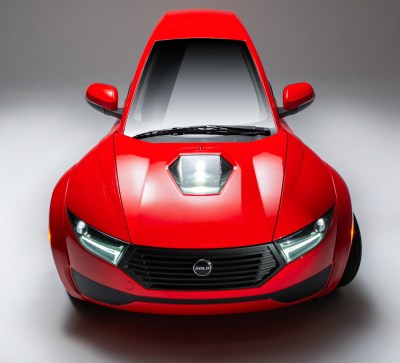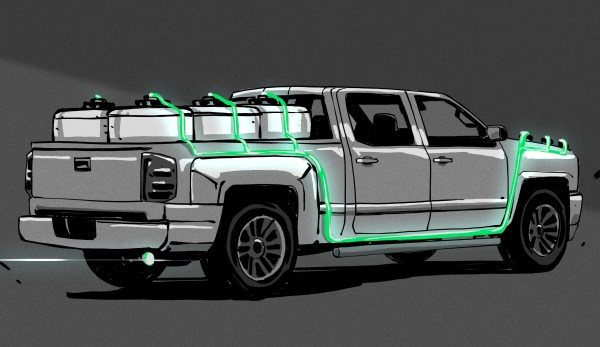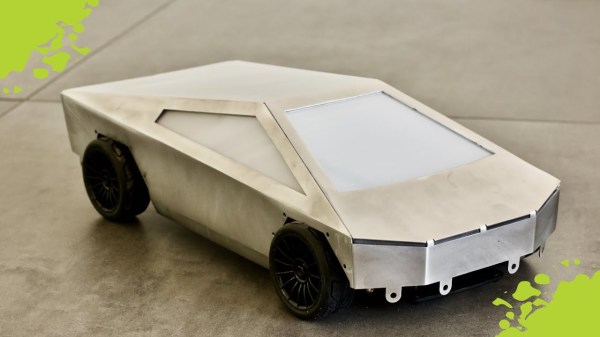Part of the detritus of many cities over the last few years has been the ubiquitous bicycles and scooters of the various companies that offer them for hourly hire via a smartphone app. They’re annoying when left randomly on pavements by their users, and they sometimes appear to outnumber riders many times over. In 2018 for many cities outside China they became a little less numerous, as the Chinese bike sharing service Ofo contracted its operations and pulled its distinctive yellow machines from the streets. A couple of years later those Ofo bikes that were sold off or simply abandoned by the company and never recovered are still with us. They can be used if their lock is dismantled, but to do that is to ignore the potential of the lock. [Aladds] has written a firmware for Ofo locks that allows them to be unlocked by a code entered upon its buttons.
Onboard the lock are an nRF51822, 4G radio, and of course the lock mechanism itself. The battery is likely to be flat by now, and though he doesn’t tell us what it is it’s worth our pointing out that similar designs sometimes use hazardous LiSOCl2 chemistry which any hacker should be very cautious with. He gives us full instructions for finding the programming connections for the chip, which can either have its stock firmware downloaded for examination, or be wiped for insertion of the new version. To show the code in action there is also a short YouTube video that we’ve put below the break. Meanwhile we’ve peered inside an Ofo lock before, back in 2018.
Continue reading “When A Bike Sharing Startup Goes Away, What Do You Do With The Bikes?”


















